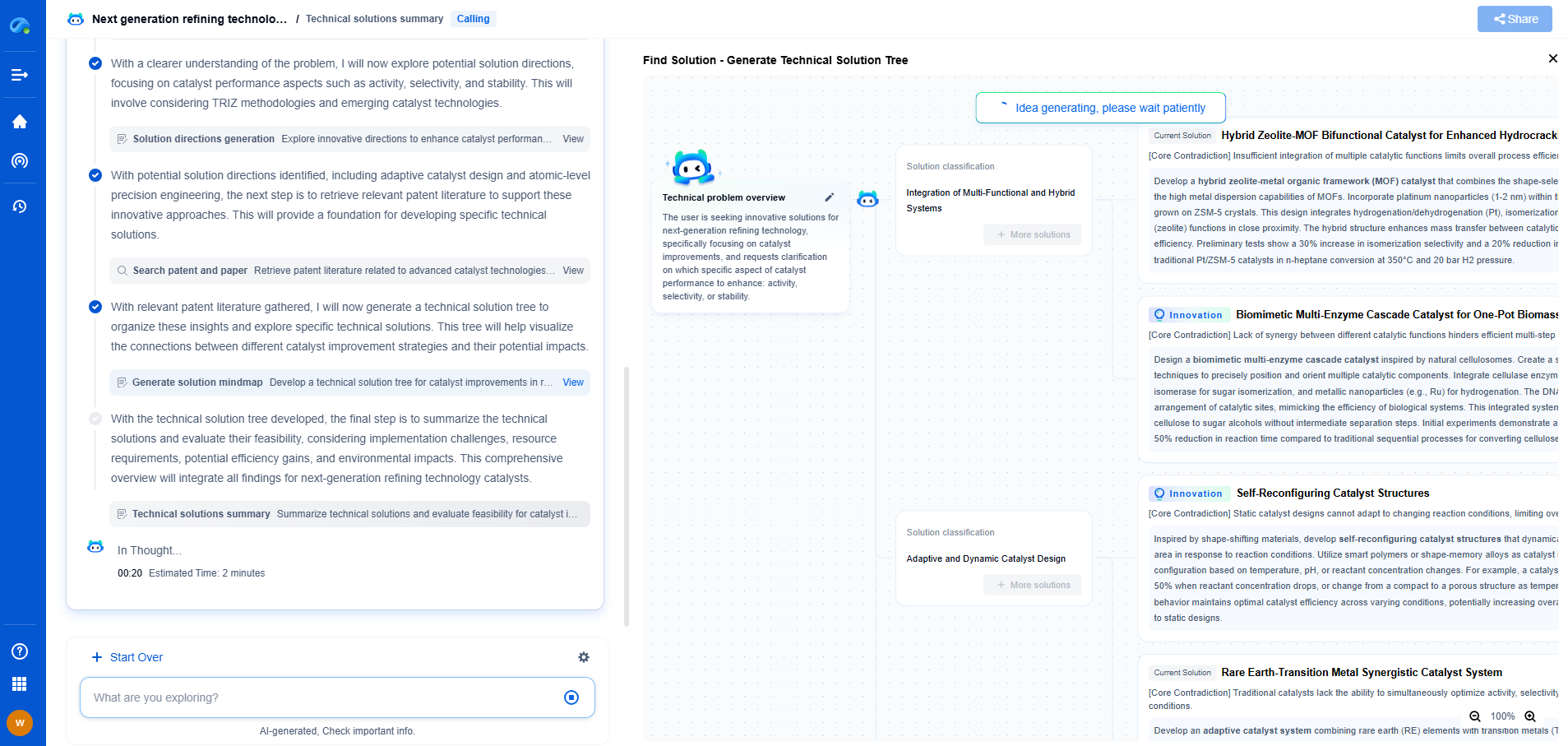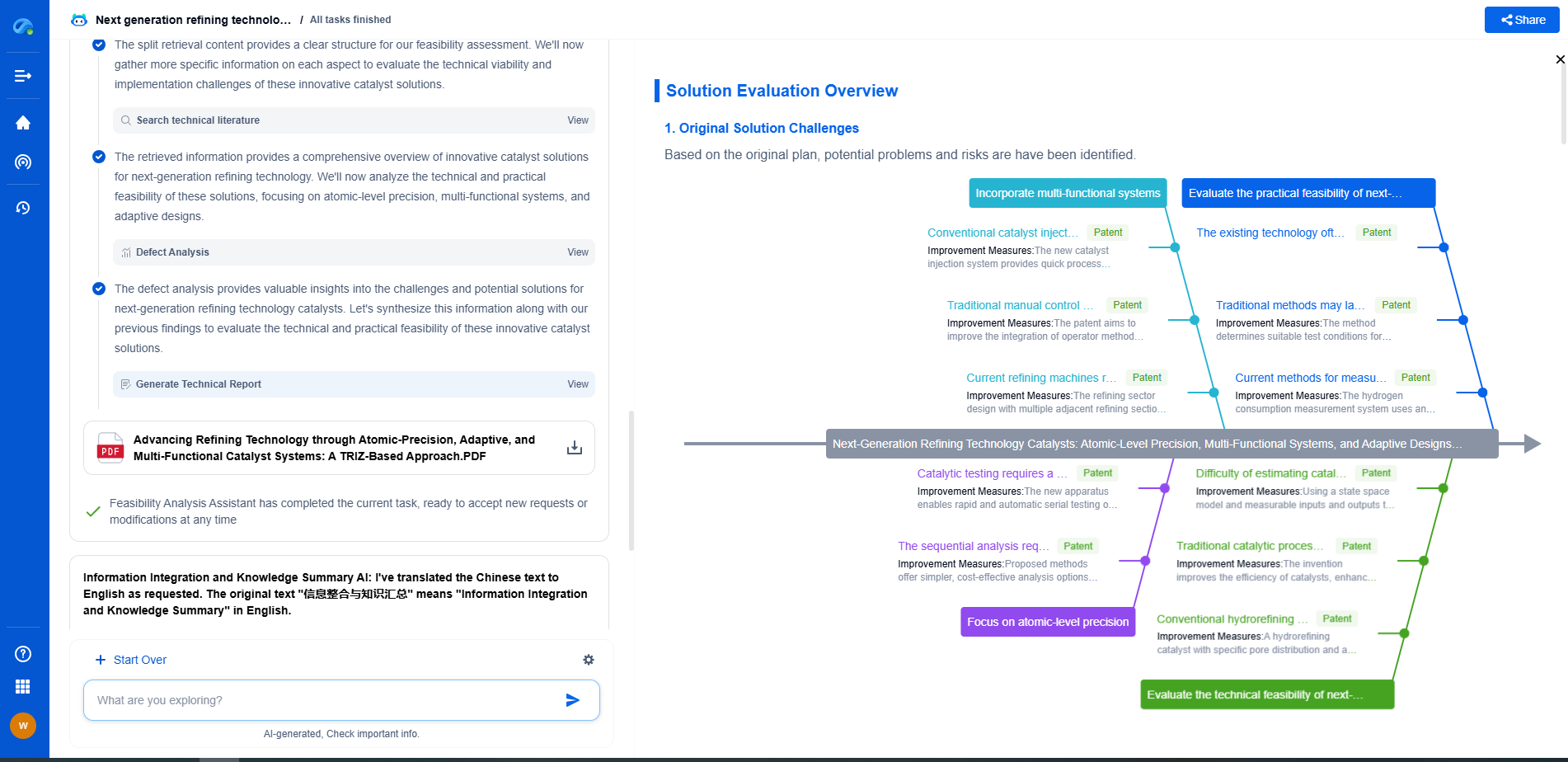ISO 10218 vs ISO/TS 15066: What’s the difference?
JUN 26, 2025 |
ISO 10218 and ISO/TS 15066 are two essential standards in the realm of industrial automation, specifically concerning robot safety. Both have been developed to ensure that robots can operate safely alongside human workers, but they focus on different aspects and have distinct applications.
ISO 10218: The Foundation of Robot Safety
ISO 10218 is a comprehensive standard that outlines the safety requirements for industrial robots, comprising two parts: ISO 10218-1 and ISO 10218-2. These standards provide guidelines for the design, manufacturing, and integration of industrial robots.
- ISO 10218-1 covers the safety requirements for the robot itself. It includes specifications for the robot's design, installation, and the necessary protective measures to minimize risks during operation. It addresses hazards such as electrical, mechanical, and operational threats, ensuring that robots meet fundamental safety criteria.
- ISO 10218-2, on the other hand, focuses on the integration of robots into industrial settings. It provides guidelines for safe integration methods, considering factors like the robot's workspace, the interaction with other machines, and the presence of human operators. This part ensures that the overall system, including the robot and its environment, is safe.
ISO/TS 15066: The Collaborative Robot Standard
ISO/TS 15066 is a technical specification that complements ISO 10218, specifically targeting collaborative robots, or cobots. Cobots are designed to work together with humans in a shared workspace, and ISO/TS 15066 provides additional safety requirements for this interaction.
- Unlike traditional industrial robots, cobots are built for close proximity to humans, necessitating stringent safety standards to prevent accidents and injuries. ISO/TS 15066 focuses on the specifics of human-robot collaboration, addressing issues such as speed, force, and contact scenarios.
- One of the unique aspects of ISO/TS 15066 is its inclusion of biomechanical limits, which define the maximum allowable force and pressure a human can safely endure during a robot interaction. This ensures that cobots operate within safe parameters, even if contact with humans occurs.
Key Differences Between ISO 10218 and ISO/TS 15066
While both standards aim to enhance safety in robotic operations, their scope and application differ significantly. ISO 10218 serves as the general safety standard for industrial robots, applicable to a wide range of robotic systems and environments. It establishes a baseline for robot safety, addressing both design and integration aspects.
ISO/TS 15066, however, is specifically tailored for collaborative environments where humans and robots work side by side. It provides detailed guidelines on safe human-robot interaction, with an emphasis on minimizing physical harm. This makes ISO/TS 15066 essential for industries adopting collaborative robotics, where human safety is a paramount concern.
Implications for Industry Adoption
For industries considering the integration of robotic systems, understanding the differences between ISO 10218 and ISO/TS 15066 is crucial. Adhering to ISO 10218 ensures that all industrial robots meet minimum safety standards, reducing the risk of accidents in traditional robotic applications.
In contrast, companies aiming to implement collaborative robots must comply with ISO/TS 15066 to guarantee safe human-robot cooperation. This includes conducting risk assessments and implementing the necessary safety measures as outlined in the specification.
Conclusion
In summary, while ISO 10218 lays the groundwork for general robot safety, ISO/TS 15066 provides the specific guidelines necessary for safe human-robot collaboration. Both standards play a vital role in the safe deployment of robotics in industrial environments, and understanding their differences is key for businesses looking to adopt these technologies responsibly. By adhering to these standards, industries can ensure a safer, more efficient integration of robots into their operations.
Ready to Redefine Your Robotics R&D Workflow?
Whether you're designing next-generation robotic arms, optimizing manipulator kinematics, or mining patent data for innovation insights, Patsnap Eureka, our cutting-edge AI assistant, is built for R&D and IP professionals in high-tech industries, is built to accelerate every step of your journey.
No more getting buried in thousands of documents or wasting time on repetitive technical analysis. Our AI Agent helps R&D and IP teams in high-tech enterprises save hundreds of hours, reduce risk of oversight, and move from concept to prototype faster than ever before.
👉 Experience how AI can revolutionize your robotics innovation cycle. Explore Patsnap Eureka today and see the difference.
- R&D
- Intellectual Property
- Life Sciences
- Materials
- Tech Scout
- Unparalleled Data Quality
- Higher Quality Content
- 60% Fewer Hallucinations
Browse by: Latest US Patents, China's latest patents, Technical Efficacy Thesaurus, Application Domain, Technology Topic, Popular Technical Reports.
© 2025 PatSnap. All rights reserved.Legal|Privacy policy|Modern Slavery Act Transparency Statement|Sitemap|About US| Contact US: help@patsnap.com

